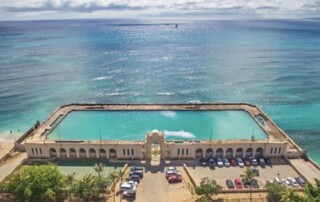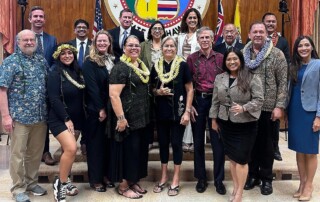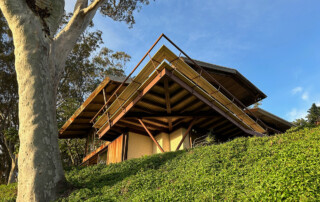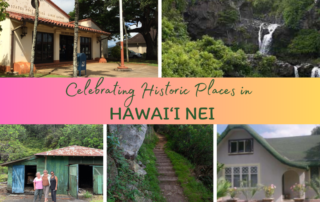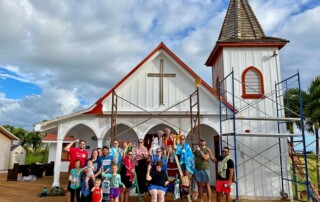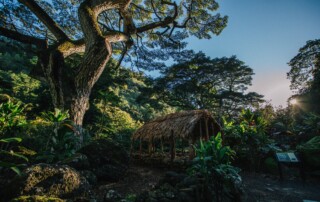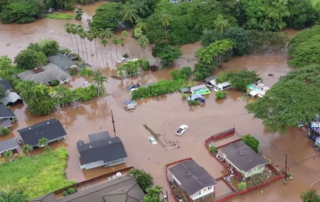Preserving Old Lahaina Prison’s Perimeter Wall
Crumbling Walls Highlight Technical Challenges THE SITE In 1851, “an Act relating to prisons, their government and discipline” was approved by King Kamehameha III and authorized a new jail in Lahaina, Maui. The jail was to “keep entirely separate from each other the male and female prisoners, and to have a yard enclosed by fences of sufficient height and strength to prevent escapes…” What is now known as the Old Lahaina Prison was constructed in 1852 with jail cell buildings, a wooden gatehouse and a warden’s home. The perimeter wall was constructed in 1854 out of coral blocks reused from the old fort. Now an outdoor museum, the Old Lahaina Prison is a contributing site in the Lahaina National Historic Landmark. It highlights the laws of the Kingdom of Hawai‘i in the 19th century and shares stories of both sailors from whaling ships and Native Hawaiians who were held at this location. The jail was to “keep entirely separate from each other the male and female prisoners, and to have a yard enclosed by fences of sufficient height and strength to prevent escapes…” THE COLLAPSE AND REPAIR ANALYSIS In Summer 2022, a 40-foot section of the perimeter wall collapsed into the yard and was the subject of an emergency repair. In analyzing the collapse, the historic architects at MASON said, “We suspect that the two faces of the coral stone are separating due to insufficient tie stones (aka through stones or deadmen). This may have caused the walls to move out of plane and the mortar cap to split; water intrusion at the top of the wall has only exacerbated the problem. We suggest rebuilding the upper portions of the wall [...]



